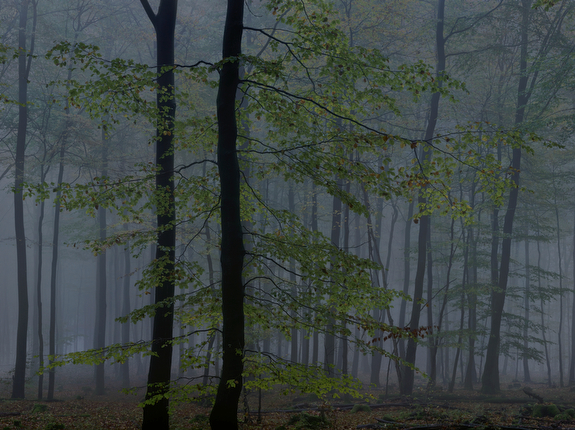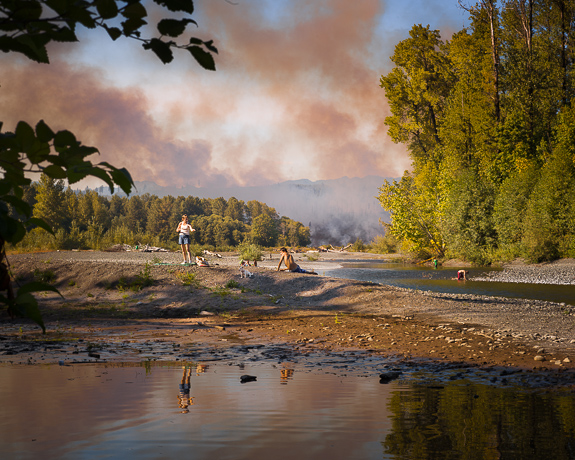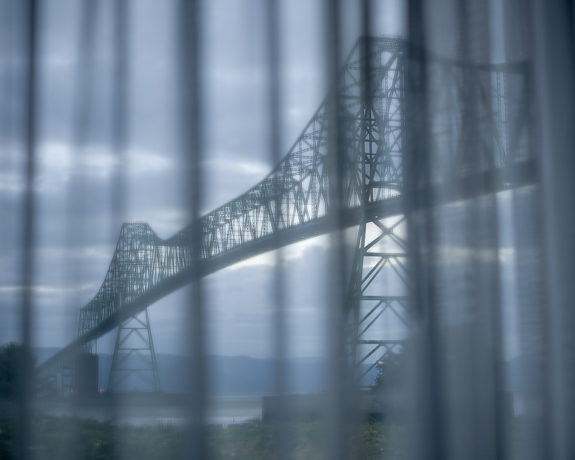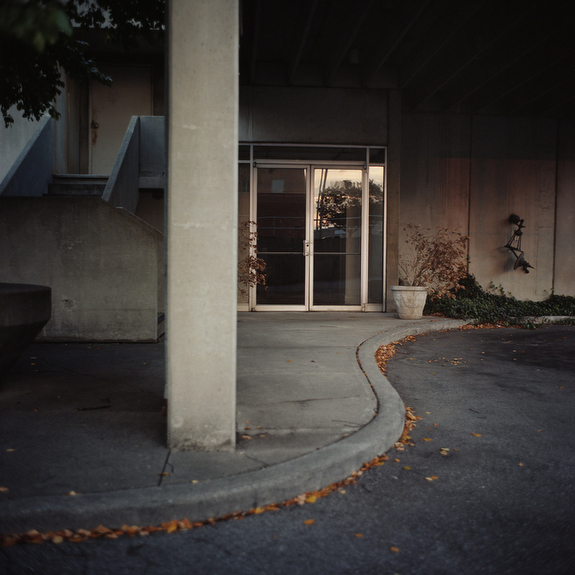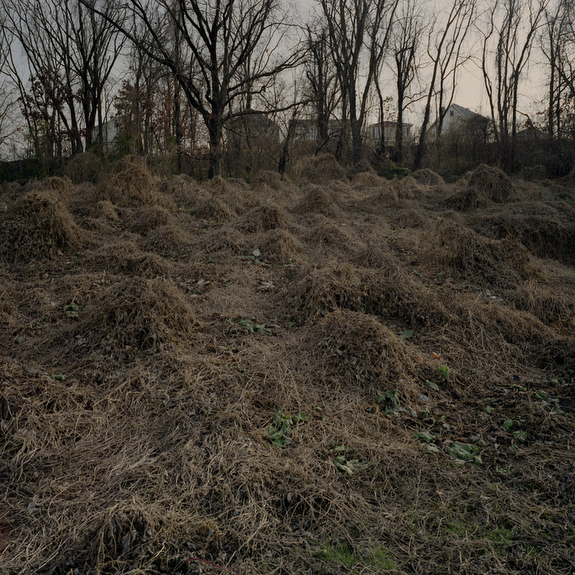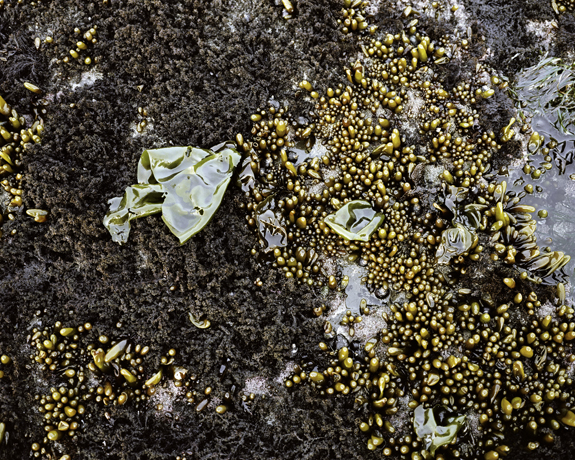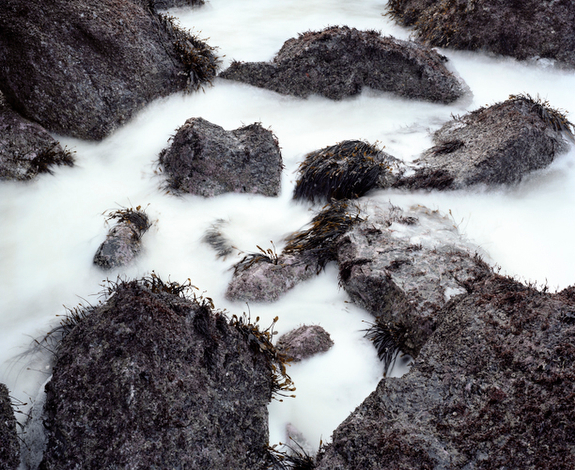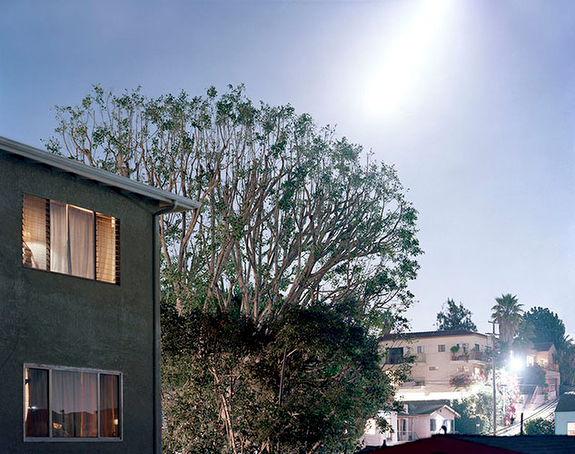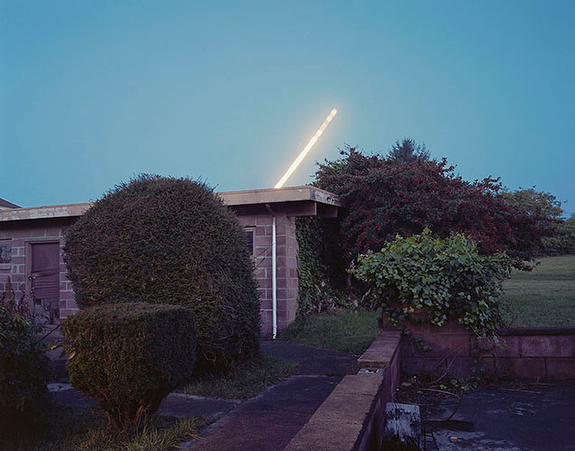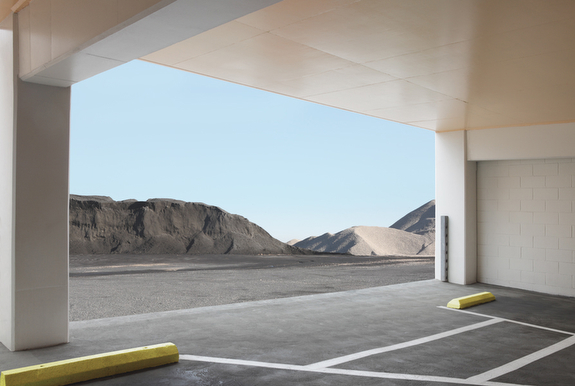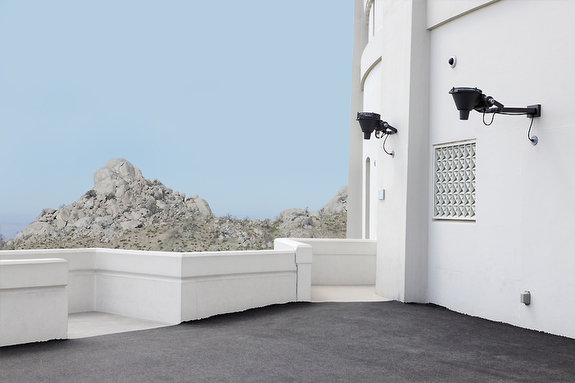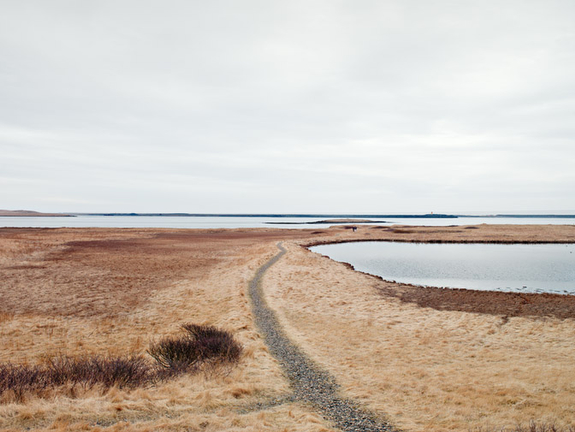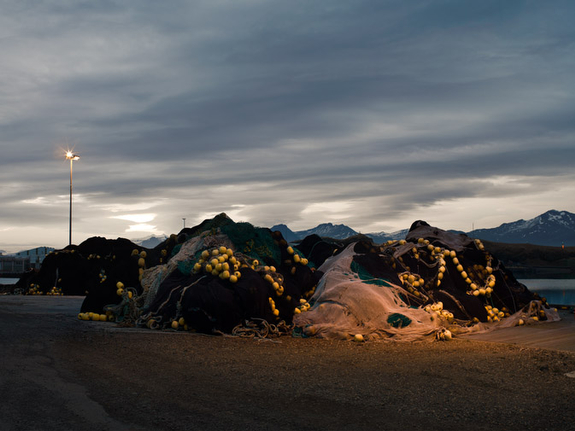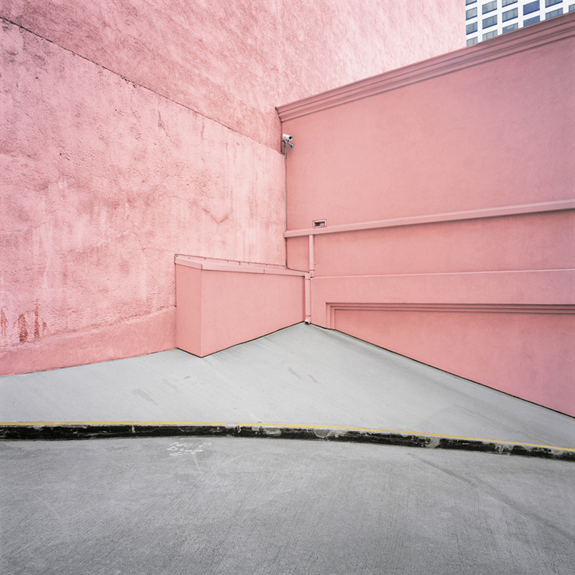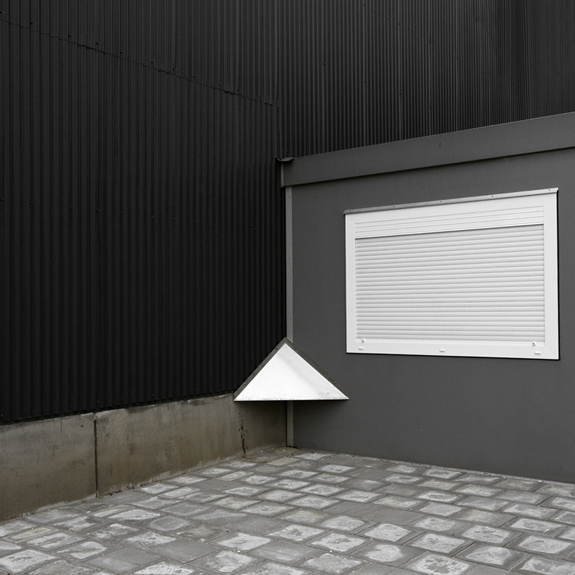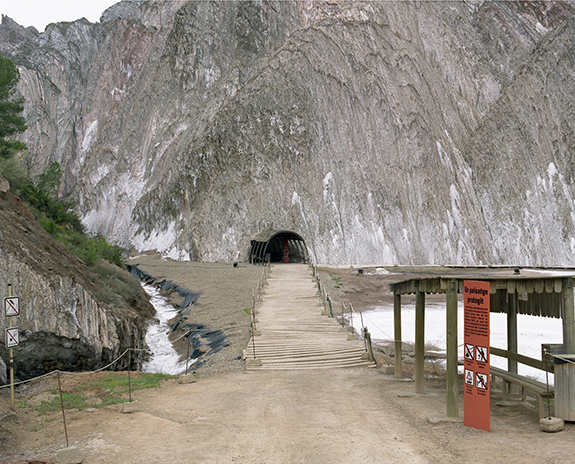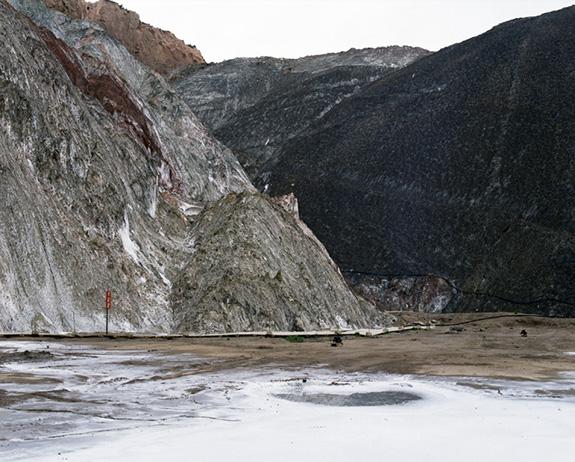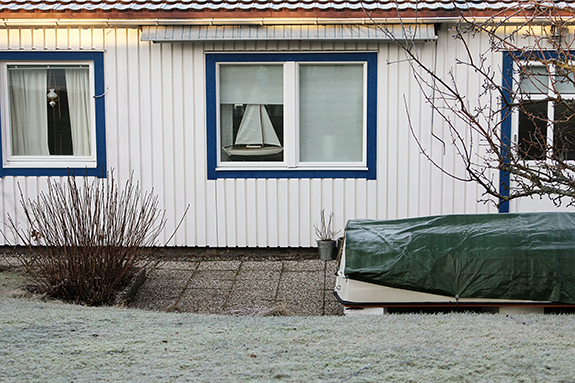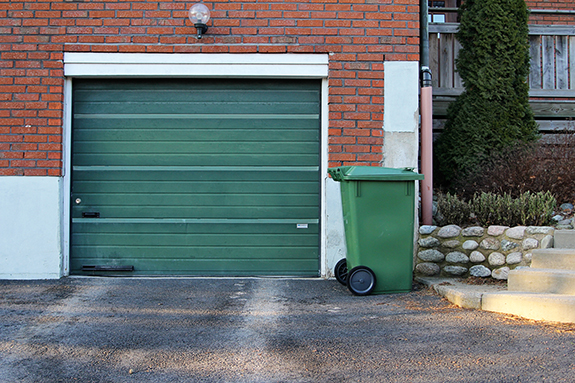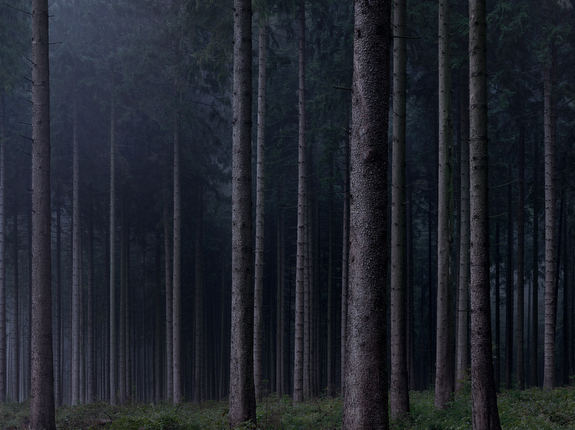
Wald, by Michael Lange
In Wald (The Woods), German photographer Michael Lange explores the twilight hours of dawn and dusk in the forests of his country. Gloomy at times, glowing at others, the images present a complex view of the woods. Nothing human ever appears — no people, no houses, no signs, no trash. Lange creates a storybook forest; a forest of dreams. As poet Wolfgang Denkel writes in the book, “This is not a place we go — it is where we have always been, unaware.”
And what are the pictures of ?? Stands of pines, tangles of deciduous branches, ferns, leaves fallen into water. There’s never any direct sunlight — these pictures were made in the hour before dawn and the hour after sunset, when only a long exposure could capture enough light to create an image. Perhaps because of this dim light, the pictures avoid being nature photography. They are more mysterious and muddier than calendar photos of forests. And Lange’s composition, which declines to offer points of attention in the images, makes the work compelling.
Lange dedicates the book to Joko Charlotte Beck, his Buddhist teacher. And his meditative approach to the woods is partly the result of his 20 years of practicing Buddhist meditation — though he stressed in an email to me that the book should be understandable to anyone.
— Willson Cummer
